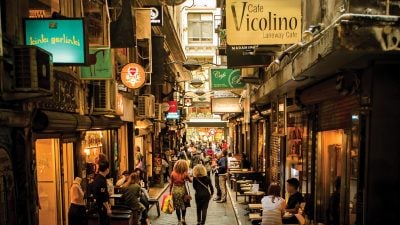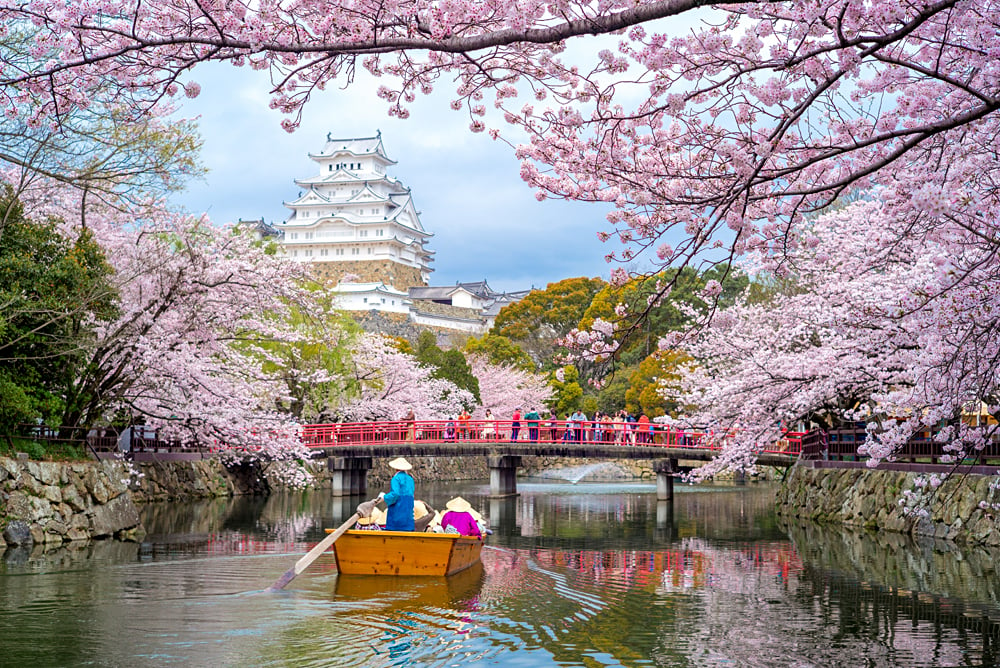
Experience the Sights and Seasons of Japan
Bleary eyed from my red-eye flight and a little crinkled from travel, I robotically entered my hotel elevator, turned to face the closing doors, and spotted the impeccably-polite front desk manager and his bellhop seven metres behind him bow low towards me in unison. The doors shut and a recorded voice spoke softly in Japanese, saying something that I interpreted as a kind of “thank you.” I was definitely in Japan.
Japan has the capacity to simultaneously overwhelm and welcome a foreign visitor. At least, this is how I felt on my first visit. It delivered on all my expectations as a seasoned Globetrotter, but also left me bewildered, unable to easily sum up the totality of my experience in the country. If you’ve been considering a trip to Japan, I recommend doing some research, but I also cannot emphasize enough how planning my trip in cahoots with a Destination Specialist allowed me to deep dive into the culture, innovation, tradition, and hospitality of the country, knowing that each subsequent day would be just as fulfilling as the first – and minus the jetlag!
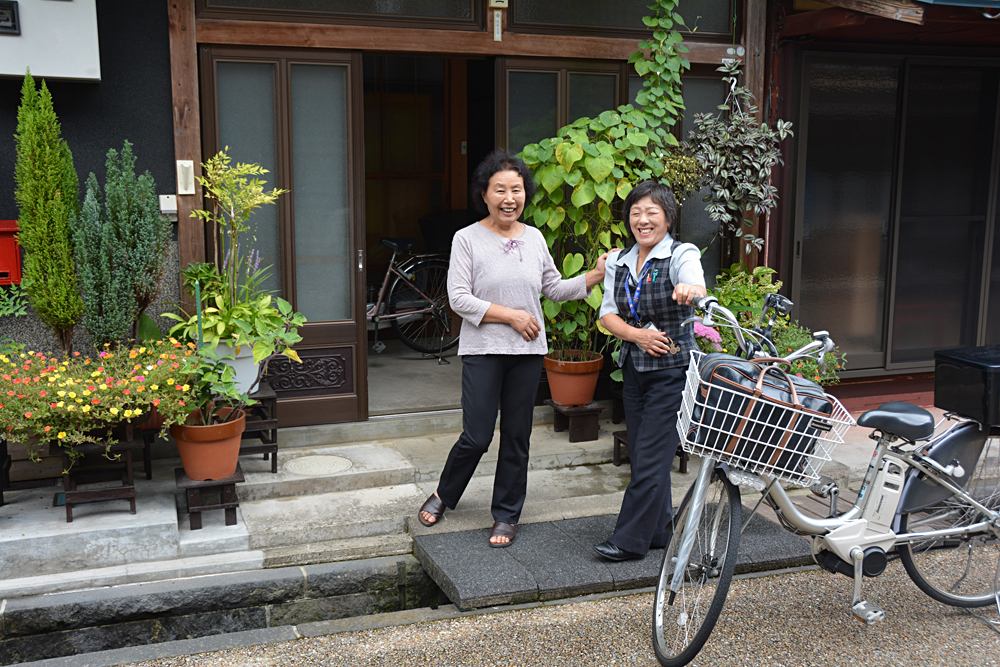
Japan is commonly described as a land of contrasts, a country steeped in tradition and spirituality that simultaneously boasts cutting-edge technological advancements, dense populations, and huge crowds where people can peacefully co-exist. You won’t find people honking their horns, yelling at each other, or raging at the world around them the way commuters do in North America. On a trip to Japan, you’ll visit train stations that have over three million commuters calmly pass through each day, including the single Zen monk meditating to the sound of a small bell.
Japan is very densely populated. For example, the three busiest train stations in the world are all in Tokyo and see over three million travellers daily, each. For comparison, the entire New York subway carries about five and a half million passengers daily. However, the subway systems and train lines in Japan are not that hard to navigate and once you’ve got the swing of things, you’ll be amazed at how polite the workers and passengers are, how clean and well maintained the system is, and how incredible the shopping and food options are in all the stations, from the large centres in Tokyo and Kyoto to the little platforms elsewhere.
This is a country that embraced globalism long ago, but still awes you with the strength and uniqueness of its own culture; the Japanese have little-to-no fear of erasing their past and identity in the face of the global world, which is a legitimate concern for other countries that have opened their doors too quickly to foreign influence and tourism. For instance, although you soon realize the country is firmly rooted in tradition and certain ways of doing things, they haven’t let their traditionalism hold them back from innovation and improving on anything they set their minds to. Japanese beef, denim, whisky, and beer all rank among the best in the world, and that’s not even mentioning electronics, cosmetics, appliances, cameras, computers, and cars.
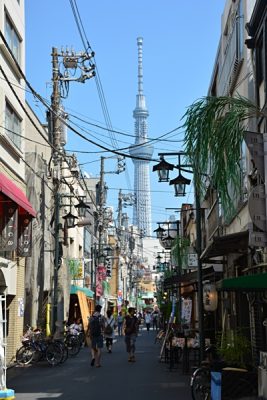
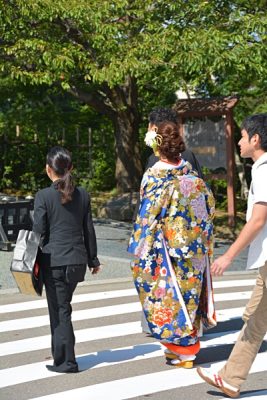
It’s a neat feeling experiencing how Japan’s tradition combines with the best of the present day. I remember admiring the pattern of the yukata (kimono-like robe) I was wearing and imagining what I must’ve looked like as a samurai at the same time that I was savouring the taste of the incredibly-marbled Hida Beef (like Kobe or Wagyu beef) I had for dinner, and listening to the hotel bartender explain that the local Nikka Coffey Grain Whisky would be one of the best whiskies I’d ever tasted. He was correct, by the way. This is a country where you relive the past while experiencing the best of the present. What a combo!
Despite the dense, gleaming cities, imposing industrial districts, never-ending shipping harbours, and thousands of miles of rail lines, Japan is also a haven for nature and the outdoors. There are numerous hiking options offered on a trip to Japan all across the country, including day trips from or even in every city (the popular Fushimi Inari Taisha Shrine in Kyoto has four kilometres of beautiful trails up a mountainside), as well as multi-day hikes like the Nakasendo Trail between Kyoto and Tokyo. As well, perhaps more than any other country on the planet, Japan is enchanted by the changing of the seasons.
Around the world, Japan is famous for its love affair with seasonal change, especially the spring bloom of cherry blossoms, which sees millions of people celebrate with food and drink beneath the trees in hanami parties. Their love of seasonal change extends beyond watching the trees bloom. While recently in the West, eating “locally” and “seasonally” have become buzzwords for foodies, the Japanese have always embraced seasonal local diets. If you’re looking to experience seasonal local cuisine done right, Japan is for you.
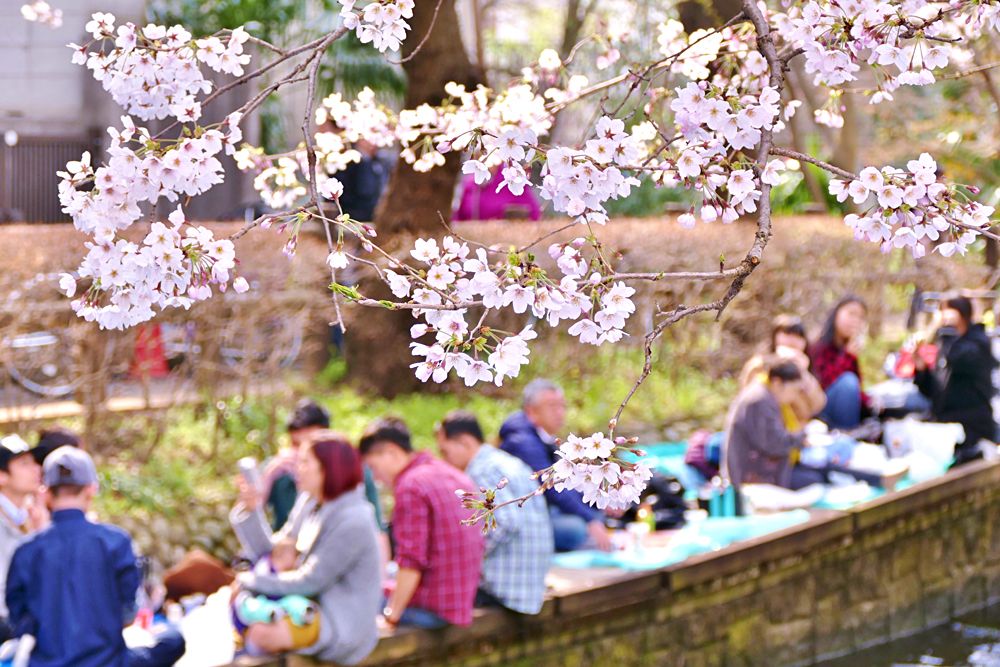
In the fall, the Japanese eat chestnuts, pumpkins, fall mushrooms, and freshly-harvested rice, along with certain kinds of fish. In fact, many Japanese names for fish refer to the time of year you eat them. For example, in Japanese, Mackerel Pike means “Autumn Sword Fish.” The Japanese are so keen on eating seasonally, there are even specific times of the year when certain Japanese towns are packed with Tokyoites and other city-folk who arrive to eat a special kind of winter crab, for instance, or a famous summer noodle dish the particular town is known for. Regardless of your destination on your trip to Japan, investigate which local specialties are popular during the time you’ll be there, so you’re primed upon arrival.
Traditionally, Japanese switch out the paper walls and panels in their homes for appropriate seasonal designs four times a year, such as leaf motifs during the fall and flower designs in the spring. If you head to the famous tea ceremony houses, you’ll be lucky enough to experience how they’re always decorated seasonally, with a carefully-selected haiku on the wall always referring to the current season. In fact, speaking of haiku, if you’re familiar with these Japanese poems, you probably know that around 97 percent of haiku have to do with nature, which make sense, as the Japanese are passionate lovers of nature.
Japan considers gardening to be a living form of artistic expression, with the seasons being an essential ingredient of natural artistry. I was surprised by how Japan got even me excited about gardens, which, for someone who was surprised to see my single houseplant alive at home after returning, is saying a lot. I was blown away by several of the gardens in the country, such as the Zen garden within the walls of a small samurai family house in Kanazawa (Nomura House), as well as the incredible Kenroku-en Imperial Gardens elsewhere in the city, where an elite group of gardeners with special uniforms look after the grounds. Kenroku-en is regularly rated as one of the top gardens in Japan, so it’s a must-see if you’re in the region.

If you head to Japan, you’ll find four distinct seasons that are roughly the same as in the upper half of North America and Europe: spring, summer, fall, and winter. Summers in Japan are hot and humid, especially if you’re out in the sun. In particular, Tokyo and the large cities can seem overwhelmingly hot, but with a little planning, you can easily move between air-conditioned and shady environments. Summer is typically a very busy time to travel in Japan (as it is most places), as the Japanese are on vacation. The shoulder seasons of fall and spring are wonderful times to visit, although be prepared for occasionally-changing weather and temperatures, in addition to crowds seeking out the cherry blossoms or fall foliage. As well, fall is considered “typhoon season” and September and October see at least one big storm blow through, passing over the cities’ earthquake-resistant buildings and covered walkways. Winter brings colder temperatures, smaller crowds, and snow in much of the country. There’s really no bad season to visit on a trip to Japan.

Japan is an easy country to arrange a trip to, but you’ll have a hard time fitting everything you want to do into one visit. I was lucky to have made arrangements ahead of time, which allowed me to live in the moment during my journey, simultaneously admiring the ancient shrines and appreciating the unique customs, while admiring the country’s innovative spirit and futuristic technology. I suggest you do the same. If you pre-book train tickets and plan some unique culture experiences ahead of time, you’ll have a great time experiencing this incredible destination, regardless of whether you’re a first-time traveller or a seasoned Globetrotter.
If you want to experience the changing of the seasons or deep dive into the past while enjoying the best of the present, consider booking a trip to Japan in your near future. Speak to your travel agent, work with a destination specialist, do a bit of research, and get ready to enjoy summer noodles, freshly-harvest fall rice, winter crab, or springtime cherry blossoms.
If my enthusiasm for Japan peaked your interests, stay tuned for a breakdown of the top things to do in Japan coming soon!

Get more travel inspiration by email.
Subscribe
0 Comments

Get the latest travel trends & hear about the best deals on vacations around the world.
If you’re a Globetrotter, these are the newsletters for you!
